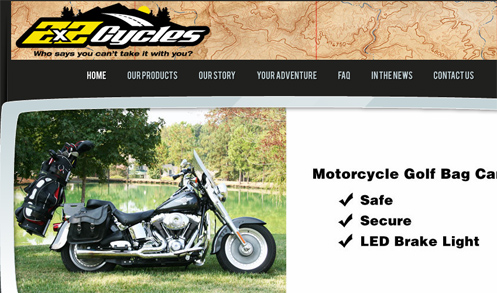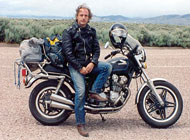Guest Post: Have You Ever Thought About Becoming a Motorcycle Mechanic?
February 17th, 2011OK, I don’t make a regular practice of it, but I was actually approached twice recently about running guest posts here. The first had to do with motorcycle insurance and this second one is about a career as a motorcycle mechanic. I just want to note that I’m not getting anything for running these, and I wouldn’t run them if I didn’t think they contained information that might be useful to readers. I’m assuming there won’t be any more any time soon.
Have You Ever Thought About Becoming a Motorcycle Mechanic?
Which state has the highest concentration of its work force in the motorcycle mechanics field? If you think it’s Wyoming, you’re correct! Fortunately, there are plenty of job opportunities across the country for qualified motorcycle mechanics. According to the Bureau of Labor Statistics, there were about 18,800 motorcycle mechanics in the United States in 2008. However, only 5 of them knew what they were doing! Just kidding, of course. But nevertheless, there is some demand out there for well-trained, knowledgeable, hard-working mechanics.
The median wage for motorcycle mechanics in 2008 was $15.08 per hour. The highest paid 10 percent earned over $24.27 per hour. The lowest paid 10 percent made less than $9.76 per hour. With any luck, you’ll be at the higher end of this range if you decide to enter this field.
Dealerships typically pay the most and employ the largest number of motorcycle mechanics. Some of the higher-paying jobs require the skills necessary to install the newest specialized components and computerized equipment on high-end bikes.
Due to harsh winter weather conditions, location matters for steady employment. Even the courageous moped crowd finds alternative forms of transportation during the winter.
Here’s a list of the metropolitan areas with the highest concentration of motorcycle mechanics:
- Deltona-Daytona Beach-Ormond Beach, Florida
- Grand Junction, Colorado
- Winchester Virginia-West Virginia
- Yuma, Arizona
- Altoona, Pennsylvania
Here are the top paying states for motorcycle mechanics along with their average annual salaries:
- California: $41,590
- Maryland: $39,940
- Connecticut: $38,860
- Nevada: $38,630
- Massachusetts: $38,470
Employment Outlook
The number of people riding motorcycles has steadily increased in recent years, leading to a greater demand for motorcycle technicians. Most of the new jobs will continue to be in the motorcycle dealer sector. The increasing complexity of motorcycles will also provide job opportunities for specialists in independent repair shops.
The Bureau of Labor Statistics forecasts a 9 percent employment growth for motorcycle mechanics from 2008 to 2018. Job prospects should be good for people who have formal training.
Besides repairing and restoring motorcycles, some motorcycle mechanics also work on mopeds, motor scooters, all-terrain vehicles, and dirt bikes. And no, mechanics that work on mopeds are not necessarily wimps. Some motorcycle mechanics also make minor body repairs. Besides repair work, many mechanics add aftermarket components and make modifications to meet an owner’s appetite for speed.
A growing number of mechanics graduate from accredited motorcycle postsecondary degree programs. Many employers prefer these mechanics due to their advanced knowledge. These folks also require less on-the-job training.
Career Options
According to the book “Best Jobs for the 21st Century” (by Michael Farr and Laurence Shatkin), motorcycle mechanic ranked 493 out of the Best 500 Jobs Overall. Whoever put together that list probably wears an ascot, because some of the higher ranking jobs seem EXTREMELY boring.
Motorcycle dealerships: Motorcycle mechanics working at dealerships usually need specialized training from a formal education program. However, some dealers do provide on-the-job training. Steady pay and dependable hours are additional benefits of working for a dealership.
Repair shops: Secondary education, such as an associate’s degree or diploma in motorcycle mechanics, makes it easier to find employment at repair shops. However, apprenticeships are also common. Typically, large shops provide better benefits than small shops.
Self-employment: An associate’s degree, diploma, or certificate can help a self-employed mechanic attract customers.
MotorcycleIndustryJobs has a web page with an extensive amount of job listings. Check it out to get a better idea of what’s out there.
Education
Associate’s of Applied Science degrees in motorcycle service technology are available, as are diplomas and certification courses. These education programs can last anywhere from six months to two years. Some of them include an apprenticeship as a requirement for graduation. Any one of these programs can really enhance a resume.
Professional certification is available through motorcycle manufacturers. This training is provided by technical schools. Some of these schools have partnered with motorcycle manufacturers to provide training for specific brands of motorcycles. Some schools allow you to specialize in Harley-Davidson, European, or Asian motorcycles.
Motorcycle mechanics who perform warranty work for insurance companies or manufacturers usually need to complete courses offered by motorcycle manufacturers. Enginecycle.com has an extensive list of schools that offer motorcycle technician training.
Harley-Davidson
By the way, William Harley and Arthur Davidson first built motorcycles for the public in 1903 in a 10×15 foot wooden shed. Harley-Davidson Motor Company was scrawled on the door. That’s just another lesson that proves that even the most successful people in our country have to start somewhere.
Harley-Davidson mechanics need a formal education in core motorcycle mechanics. The company has partnerships with several colleges to provide specific training for Harley-Davidson motorcycles. These schools are as follows:
- Pittsburgh State University (Kansas)
- Fort Scott Community College (Kansas)
- Lake Washington Tech (Washington State)
- Central Carolina Community College (North Carolina)
- Motorcycle Mechanics Institute (Arizona and Florida)
If you want to work on Harley-Davidson motorcycles, then try getting an internship with a participating Harley-Davidson dealer.
Technician and related jobs at Harley-Davidson dealerships include:
- Service staff
- Service technician
- Service technician expert
- Master service technician
- Service writer
- Master of service technology
- Shop foreman
Harley-Davidson technicians can find job opportunities at dealerships, with race teams, and at shops that restore old bikes.
By the way, Harley-Davidson no longer uses the term “mechanic.” They instead go with “Harley-Davidson technician.”
If you decide to enroll in a motorcycle education program, do thorough research on the schools you’re considering. Ask representatives of local motorcycle dealerships and repair shops which schools they recommend. Admissions representatives at private, technical schools are usually sales people, so make sure they provide actual data to support any claims about employment for their graduates.
Brady Daniels writes about a variety of topics related to motorcycles for Motorcycle Insurance Quote.
Recent from National Motorcycle Examiner
Harley-Davidson to sponsor 2011 Hoka Hey
Biker Quote for Today
Above Ground, and on a Harley, Life is Good!!
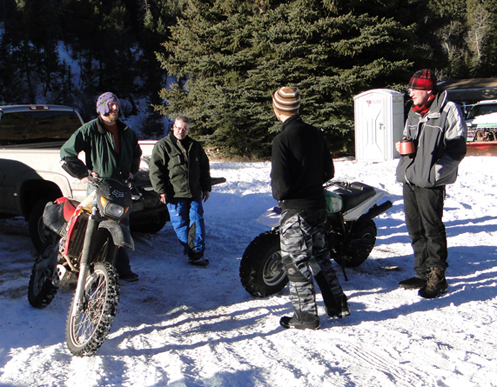
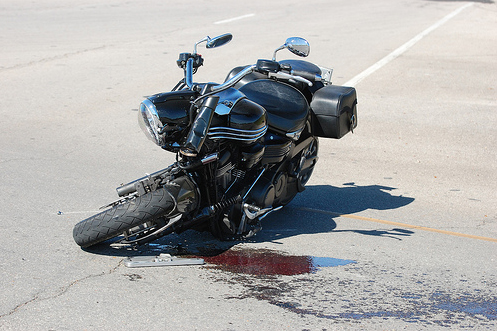
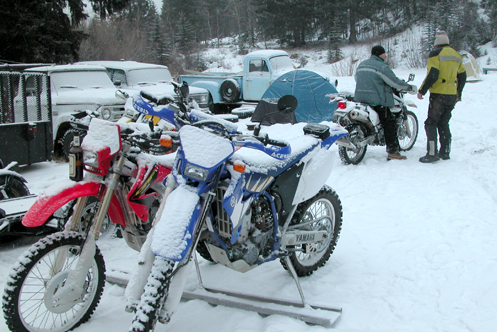
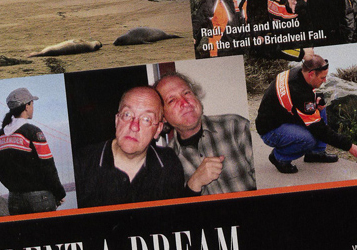 You can see it in this section of one page that I scanned and have included here. That’s me and Klaus Herder, who is with Motorrad magazine, at dinner on the last night of the
You can see it in this section of one page that I scanned and have included here. That’s me and Klaus Herder, who is with Motorrad magazine, at dinner on the last night of the 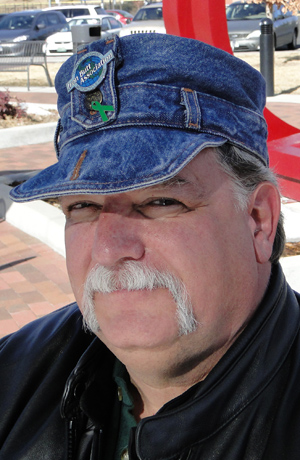 The
The 